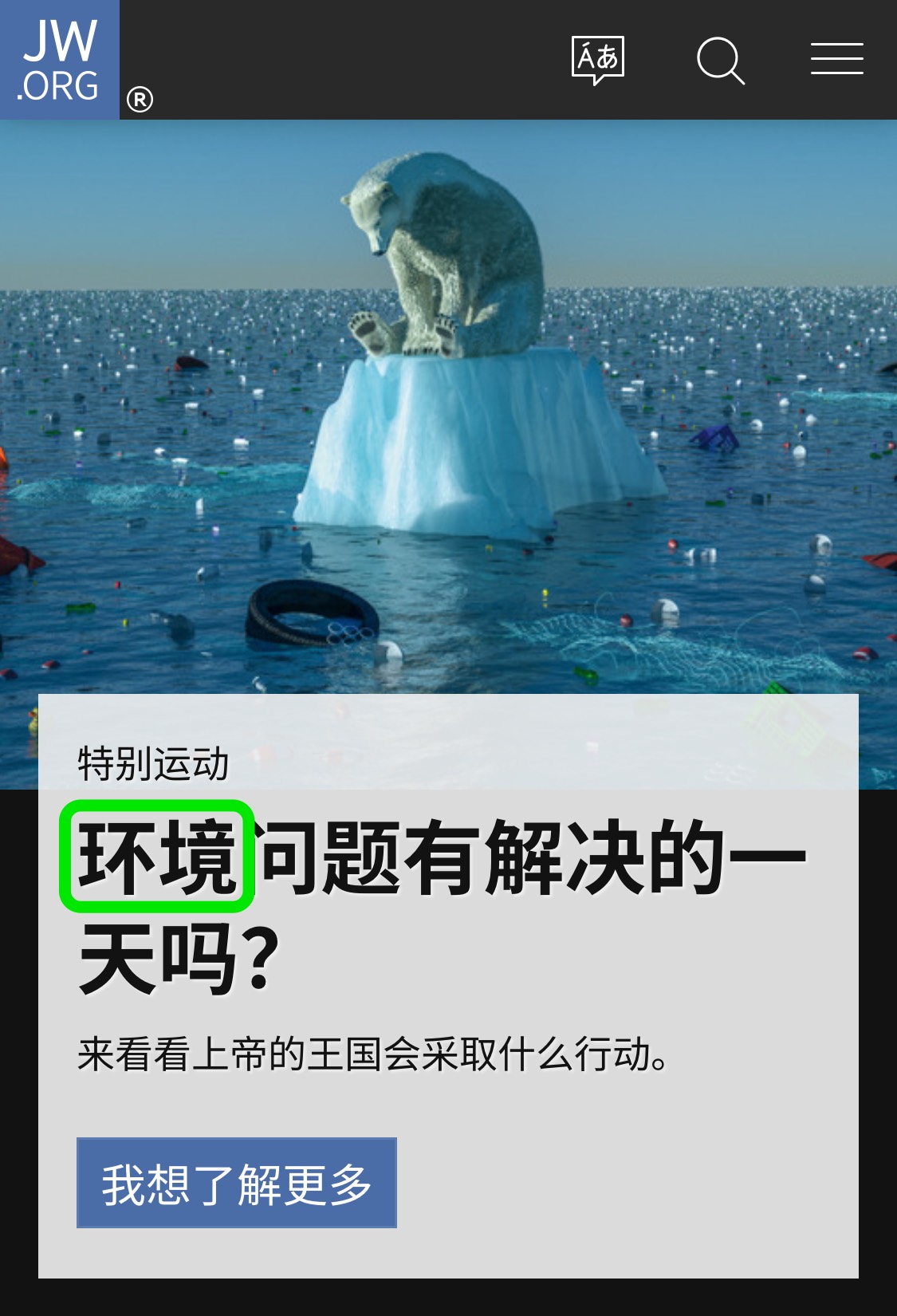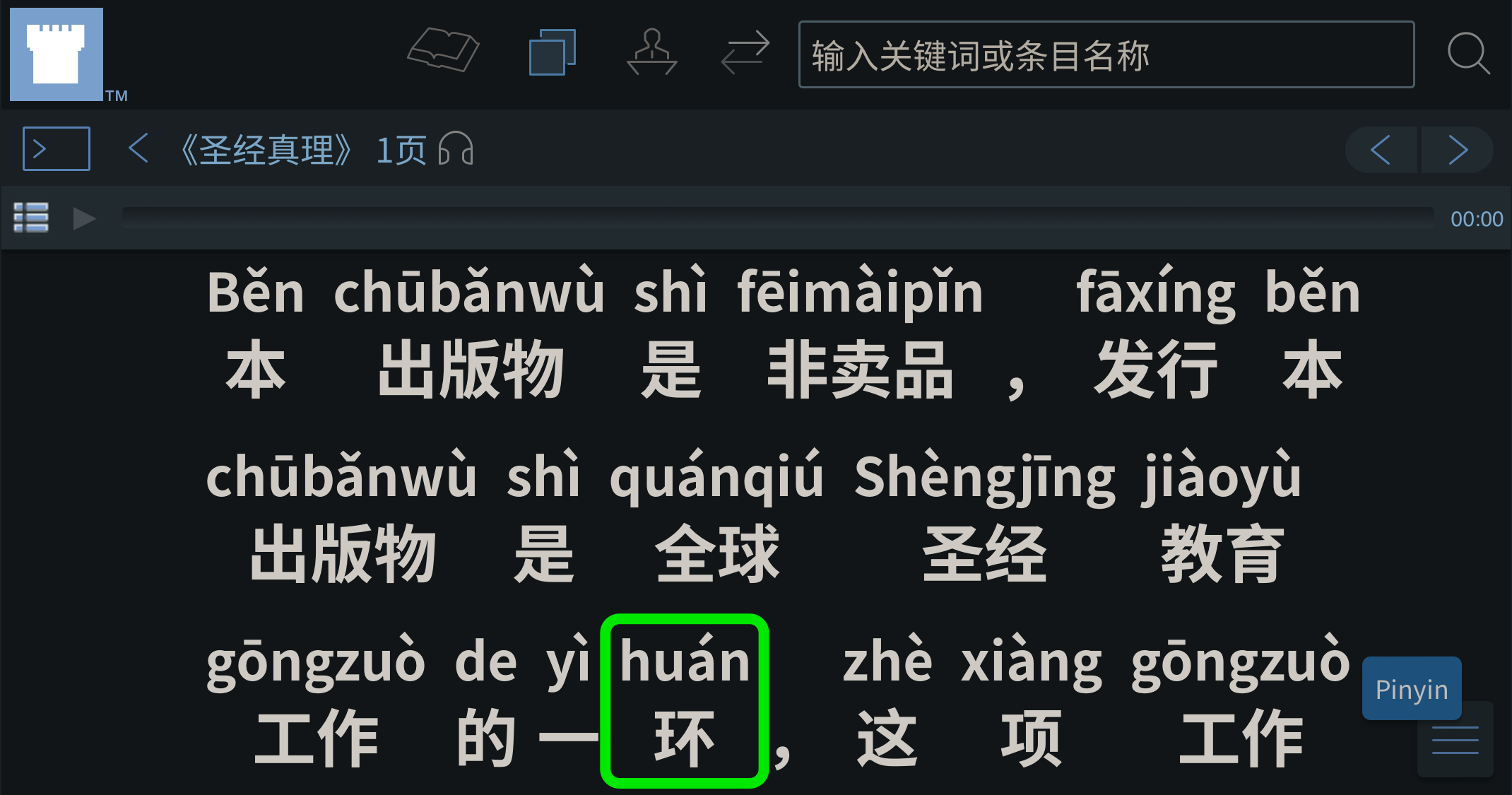jíduān
(jí·duān
extreme · extremity → [extreme]
极端
極端)
tiānqì
(tiān·qì
{sky → [weather]} · {air → [weather]} → [weather]
天气
天氣)
👈🏼 Tap/click to show/hide the “flashcard”
[Notes: Tap/click on a Pīnyīn (Pīn·yīn {Piecing Together of} · Sounds → [Pinyin] 拼音) expression to reveal its “flashcard”; tap/click on a “flashcard” or its Pīnyīn (Pīn·yīn {Piecing Together of} · Sounds → [Pinyin] 拼音) expression to hide the “flashcard”. 📖 📄 📘 icons mean 📖 Reveal All, 📄 Reveal Advanced, and 📘 Reveal None re all the “flashcards” in the heading, paragraph, etc. that they are placed at the beginning of.]
At the time of this writing, jw.org was featuring the article “Extreme Weather—Can the Bible Help You to Cope?”. To correspond with the English expression “extreme weather”, the Mandarin version uses this week’s MEotW, “jíduān (jí·duān extreme · extremity → [extreme] 极端 極端) tiānqì (tiān·qì {sky → [weather]} · {air → [weather]} → [weather] 天气 天氣)”.
Interesingly, the “jí (extremity | extreme (adj) | extremely; {to the extreme} 极 極)” in “jíduān (jí·duān {[is] extreme} · end; extremity → [[is] extreme; exceedingly; absolute | extreme; extremity | exceedingly; extremely] 极端 極端)” is also used in “Běijí (Běi·jí North · {Extremity → [Pole]} 北极 北極)” (“North Pole”) and in “Nánjí (Nán·jí South · {Extremity → [Pole]} 南极 南極)” (“South Pole”).
Extreme Weather Expressions in Context
Here are the English and Mandarin versions of the above-mentioned article’s first paragraph, which contains many expressions related to the topic of extreme weather:
Are you one of the millions who have been affected by extreme weather? Dangerous weather and its damaging effects come in many forms. Hurricanes, typhoons, cyclones, and tornadoes often cause storm surges, flooding, or wind damage. Heavy rain may trigger landslides, and storms can bring lightning strikes that start destructive wildfires. Droughts, heat waves, and winter storms can be equally devastating.
📖 📄 📘 Quánqiú (Quán·qiú (across) entire · globe → [worldwide] 全球) chéngqiān (chéng·qiān {coming to be} · {thousands} 成千)‐shàngwàn (shàng·wàn {up to} · {tens of thousands} 上万 上萬) de (’ 的) rén (people 人) shòudào (shòu·dào {have been subjected to} · {arriving at} 受到) jíduān (jí·duān extreme · extremity → [extreme] 极端 極端) tiānqì (tiān·qì {sky → [weather]} · {air → [weather]} → [weather] 天气 天氣) yǐngxiǎng (yǐng·xiǎng relfections · sounds → [affecting] 影响 影響), nǐ (you 你) yě (also 也) shì (are 是) qízhōng (qí·zhōng them · among 其中) zhī (’s 之) yī (one 一) ma ([? ptcl for “yes/no” questions] 吗 嗎)? Jíduān (Jí·duān extreme · extremity → [extreme] 极端 極端) tiānqì (tiān·qì {sky → [weather]} · {air → [weather]} → [weather] 天气 天氣) kěyǐ (kě·yǐ can · [suf] 可以) dàilái (dài·lái bring · {to come} 带来 帶來) gèzhǒng (gè·zhǒng various · {kinds of} 各种 各種) zāihài (zāi·hài calamities · harm 灾害 災害), zàochéng (zào·chéng make · {to come to be} 造成) yánzhòng (yán·zhòng {tight → [severe]} · {weighty → [serious]} → [severe] 严重 嚴重) de (’s 的) pòhuài (pò·huài damaging · {to be ruined} 破坏 破壞). Lìrú (Lì·rú examples · like → [for example] 例如), jùfēng (jù·fēng hurricane · winds → [hurricanes] 飓风 颶風), táifēng (tái·fēng typhoon · winds → [typhoons] 台风 颱風), qìxuán (qì·xuán air · circlings → [cyclones] 气旋 氣旋), hé ({(together) with} → [and] 和 和/龢) lóngjuǎn‐fēng ((lóng·juǎn dragon · spool → [tornado] 龙卷 龍捲)‐(fēng winds 风 風) → [tornadoes]) jīngcháng (jīng·cháng regularly · often 经常 經常) huì (will 会 會) zàochéng (zào·chéng make · {to come to be} 造成) fēngbào‐cháo ((fēng·bào wind · {being violent} → [storm] 风暴 風暴)‐(cháo tides 潮) → [storm surges]), hóngshuǐ (hóng·shuǐ flood · waters → [floods] 洪水), hé ({(together) with} → [and] 和 和/龢) fēngzāi (fēng·zāi wind · disasters → [wind damage] 风灾 風災); dàyǔ (dà·yǔ {big → [heavy]} · rain 大雨) kěnéng (kě·néng maybe · {being able} → [possibly] 可能) yǐnfā (yǐn·fā {will draw (out)} · {to send out} → [will trigger] 引发 引發) ní‐shí‐liú ((ní mud 泥)‐(shí rock 石)‐(liú flows 流) → [landslides]) (tǔ‐shí‐liú ((tǔ soil 土)‐(shí rock 石)‐(liú flows 流) → [debris flows (Tw)])); léidiàn (léi·diàn thunder · {electricity → [lightning]} 雷电 雷電) kěnéng (kě·néng maybe · {being able} → [possibly] 可能) yǐnfā (yǐn·fā {will draw (out)} · {to send out} → [will spark] 引发 引發) yánzhòng (yán·zhòng {tight → [severe]} · {weighty → [serious]} → [severe] 严重 嚴重) de (’s 的) huǒzāi (huǒ·zāi fire · disasters → [wildfires] 火灾 火災); hànzāi (hàn·zāi drought · disasters → [droughts] 旱灾 旱災), rèlàng (rè·làng heat · waves 热浪 熱浪), yǐjí ({as well as} 以及) bàofēng‐xuě ((bào·fēng violent · wind → [storm] 暴风 暴風)‐(xuě snows 雪) → [snowstorms]) yě (also 也) kěyǐ (kě·yǐ can · [suf] 可以) dàilái (dài·lái bring · {to come} 带来 帶來) yánzhòng (yán·zhòng {tight → [severe]} · {heavy → [serious]} → [serious] 严重 嚴重) de (’ 的) pòhuài (pò·huài damaging · {to be ruined} 破坏 破壞).
Individual Extreme Weather Expressions
While the above paragraphs show several English and Mandarin expressions related to extreme weather used in context, below is a table of several of the individual English expressions used above, along with their corresponding Mandarin expressions:
| English | Mandarin |
|---|---|
| extreme weather | jíduān (jí·duān extreme · extremity → [extreme] 极端 極端) tiānqì (tiān·qì {sky → [weather]} · {air → [weather]} → [weather] 天气 天氣) |
| hurricanes | jùfēng (jù·fēng cyclone; hurricane; typhoon · winds → [hurricanes; typhoons] 飓风 颶風) |
| typhoons | táifēng (tái·fēng typhoon · winds → [typhoons] 台风 颱風) |
| cyclones | qìxuán (qì·xuán air · circlings → [cyclones] 气旋 氣旋) |
| tornadoes | lóngjuǎn‐fēng ((lóng·juǎn dragon · spool → [tornado; waterspout] 龙卷 龍捲)‐(fēng winds 风 風) → [tornadoes; twisters | cyclones; hurricanes]) |
| storm surges | fēngbào‐cháo ((fēng·bào wind · {being violent} → [storm] 风暴 風暴)‐(cháo tides 潮) → [storm surges]) |
| flooding | hóngshuǐ (hóng·shuǐ flood · waters [→ [floods]] 洪水) |
| wind damage | fēngzāi (fēng·zāi wind · disaster; calamity [→ [wind damage]] 风灾 風災) |
| heavy rain | dàyǔ (dà·yǔ {big → [heavy]} · rain 大雨) |
| landslides | ní‐shí‐liú ((ní mud 泥)‐(shí rock 石)‐(liú flows 流) → [mud-rock flows; rockslides; mudslides; landslides]) (tǔ‐shí‐liú ((tǔ soil [→ [land]] 土)‐(shí rock 石)‐(liú flows 流) → [debris flows (Tw); mud-rock flows; rockslides; mudslides; landslides])) |
| lightning | léidiàn (léi·diàn thunder · {electricity → [lightning]} 雷电 雷電) |
| wildfires | huǒzāi (huǒ·zāi fire · calamities; disasters [→ [wildfires]] 火灾 火災) |
| droughts | hànzāi (hàn·zāi drought · disasters; calamities → [droughts] 旱灾 旱災) |
| heat waves | rèlàng (rè·làng heat · waves 热浪 熱浪) |
| winter storms | bàofēng‐xuě ((bào·fēng violent · wind → [storm] 暴风 暴風)‐(xuě snows 雪) → [snowstorms; blizzards]) |
Hopefully, the information in this post will help you to be better equipped to speak with Mandarin-speaking people who are concerned about climate change (qìhòu (qì·hòu {air → [weather]} · conditions → [climate] 气候 氣候) biànhuà (biàn·huà changing · transforming 变化 變化)) and about the increasingly frequent and extreme extreme weather we are seeing in these last days.

